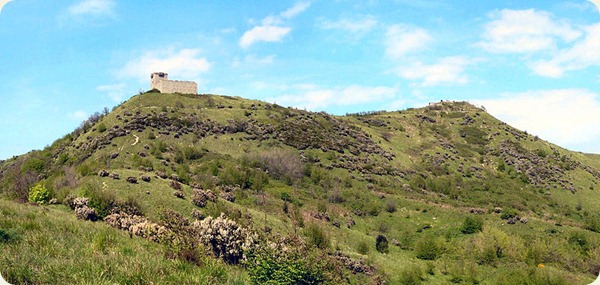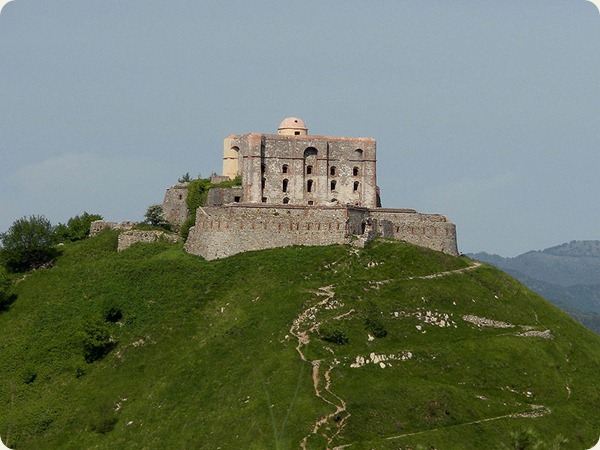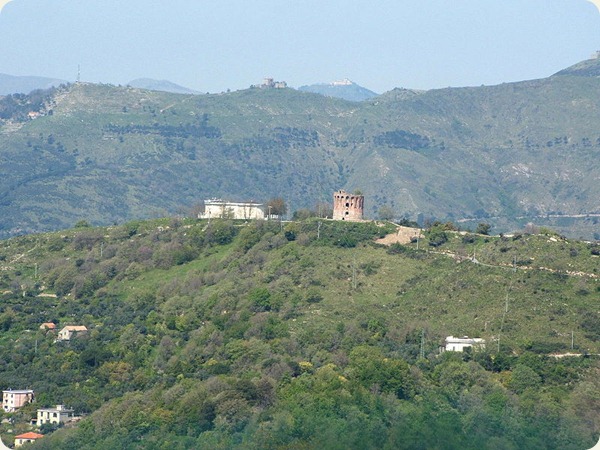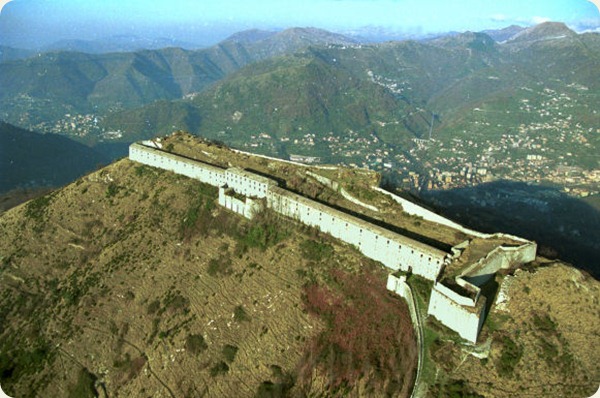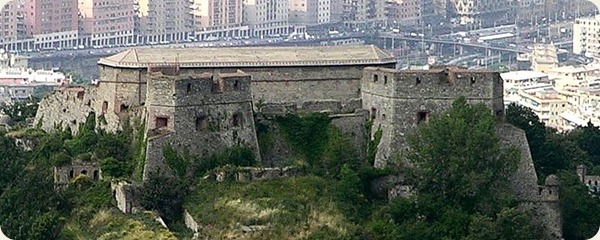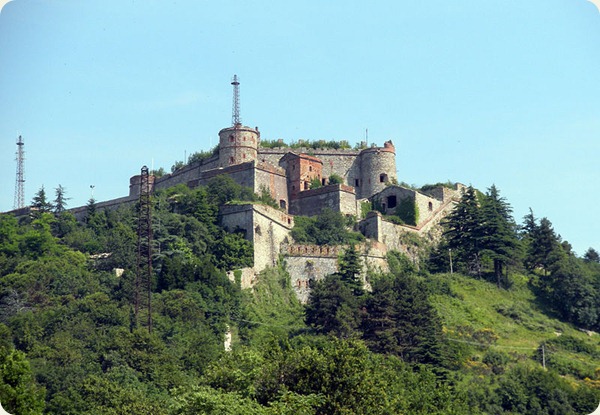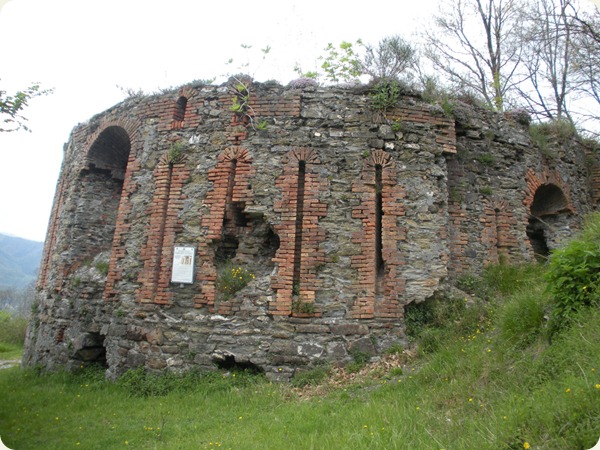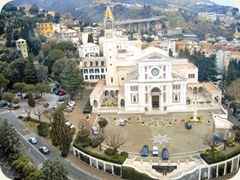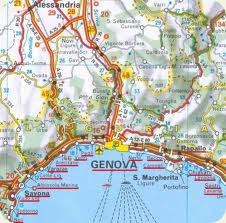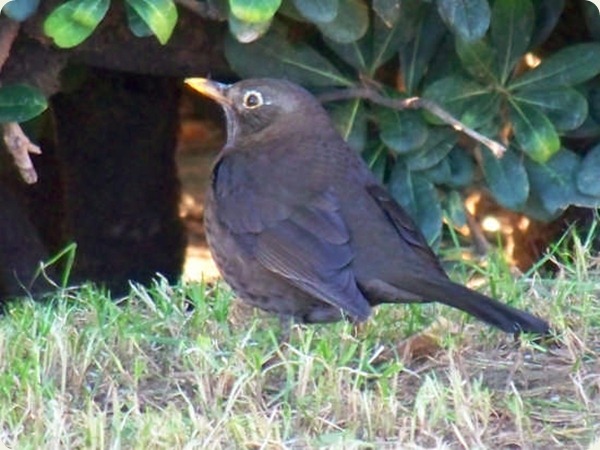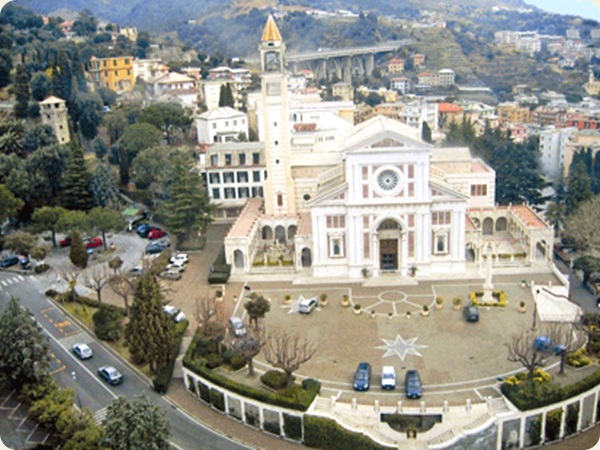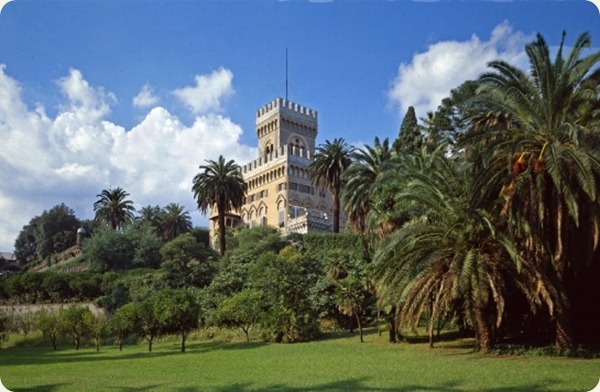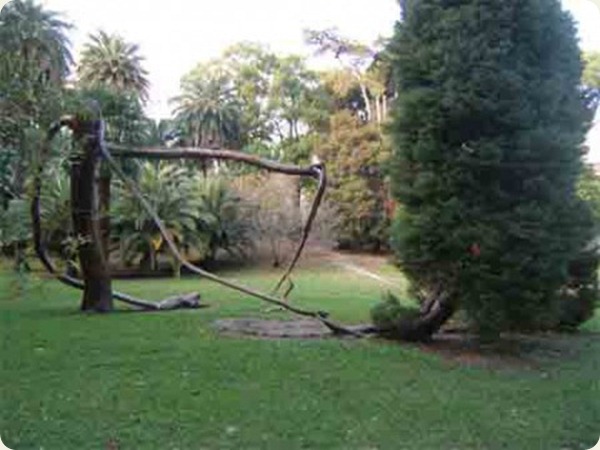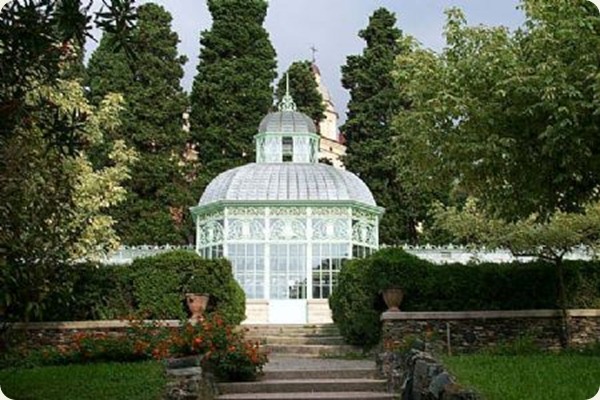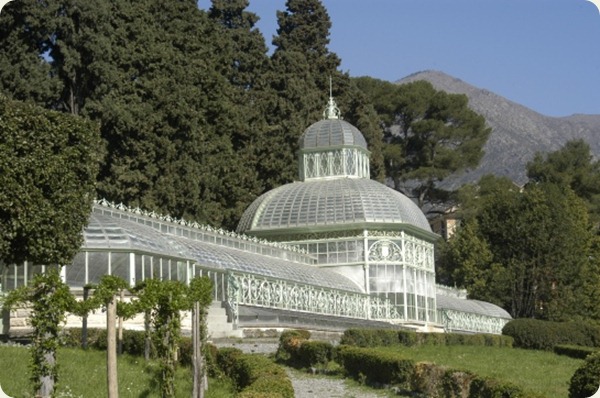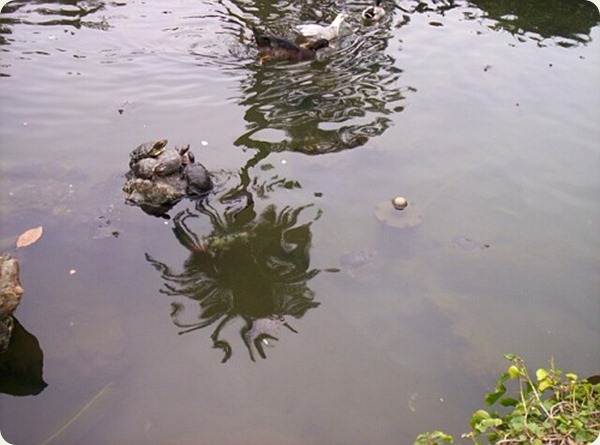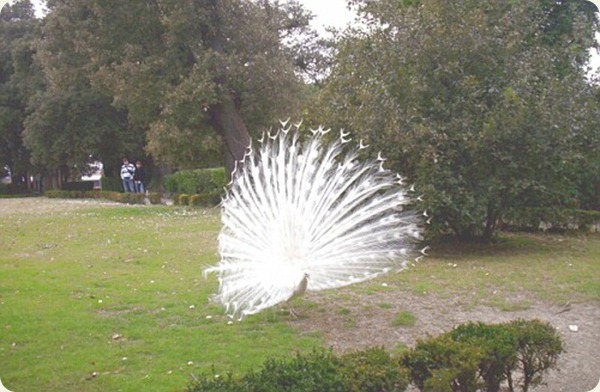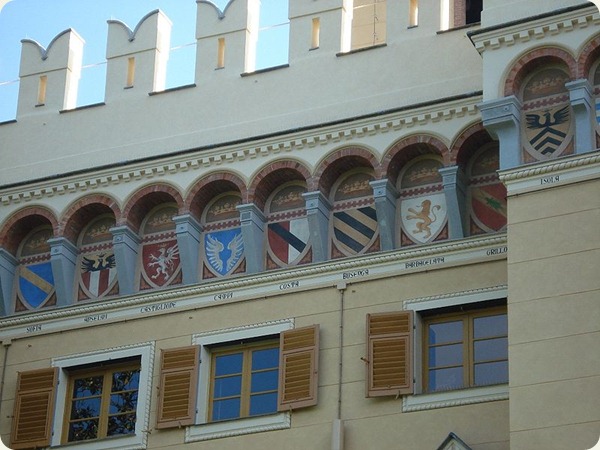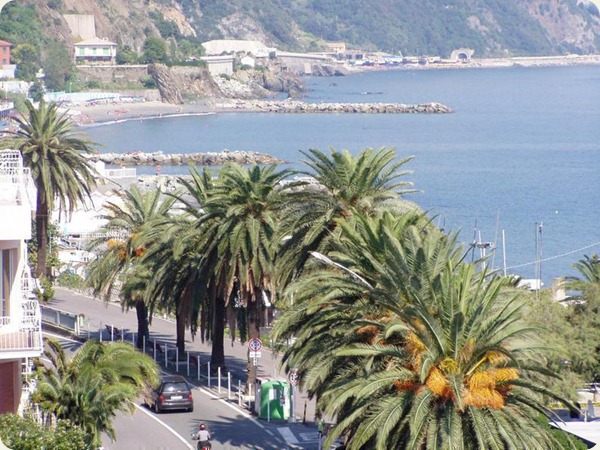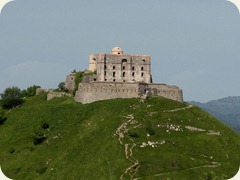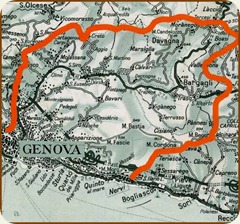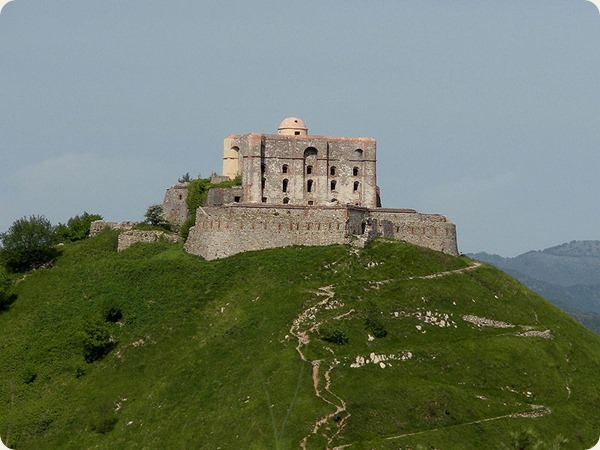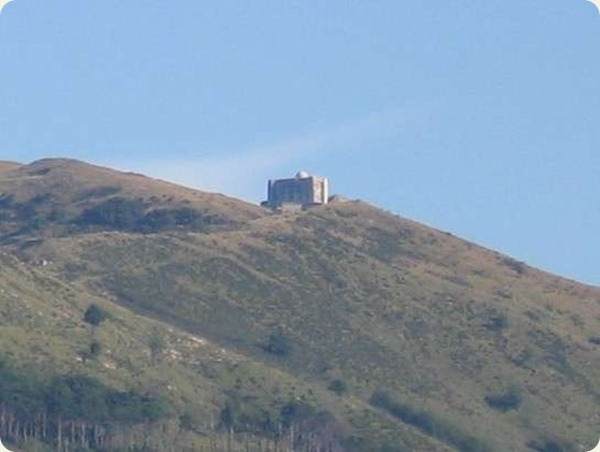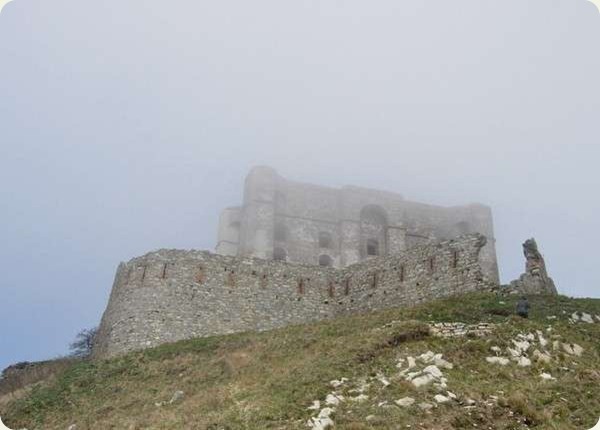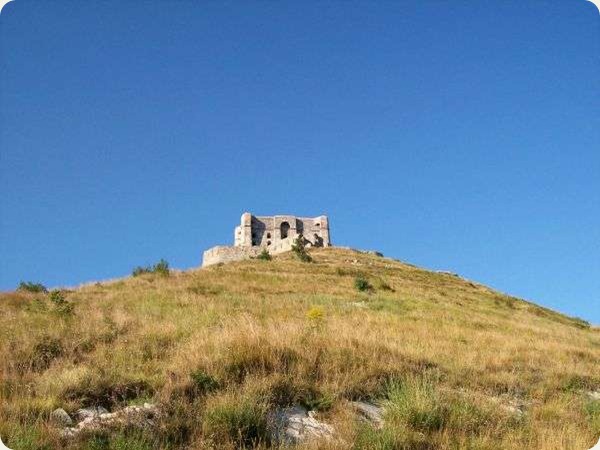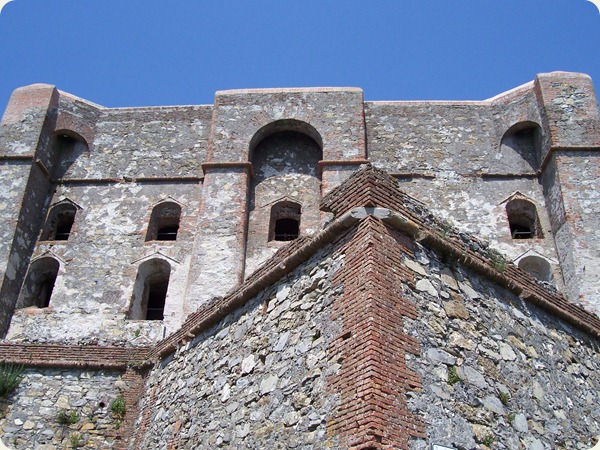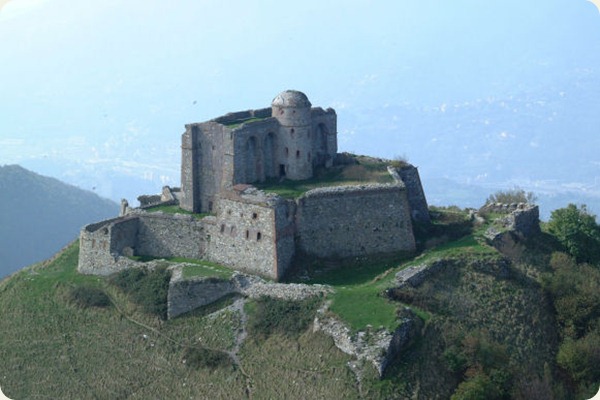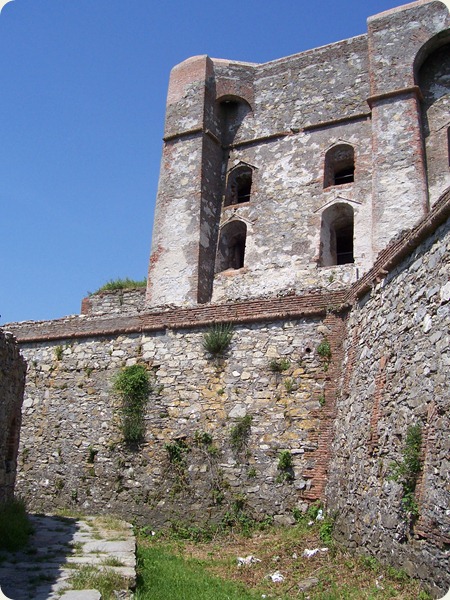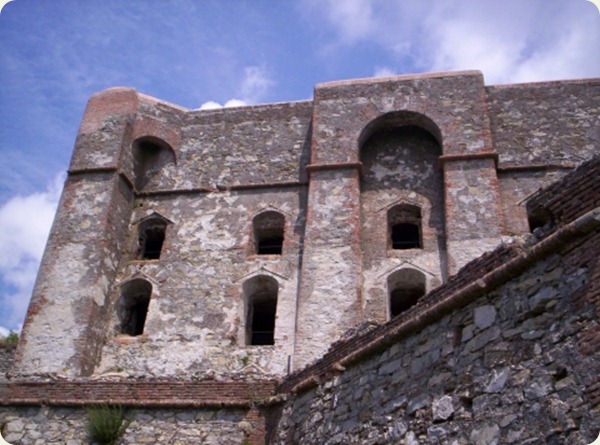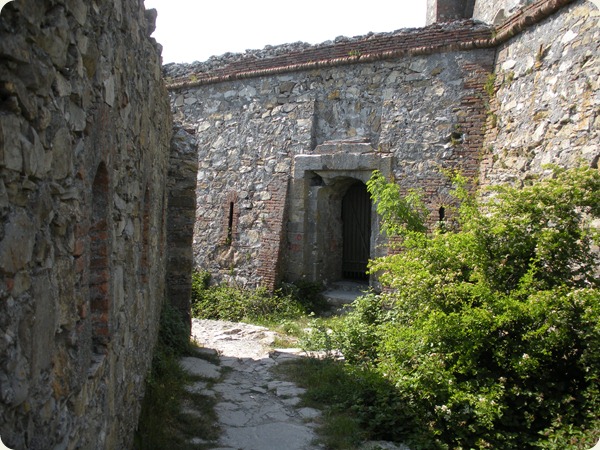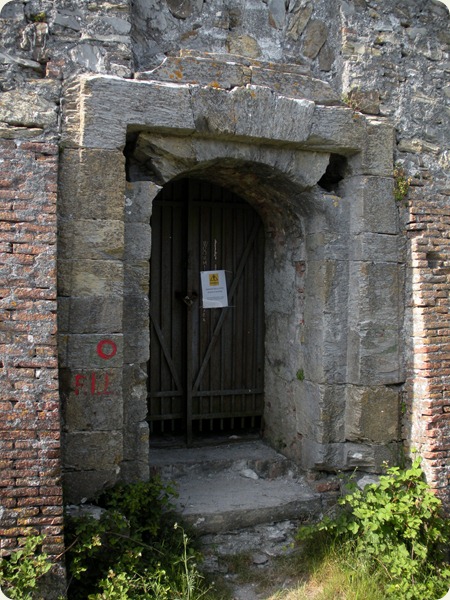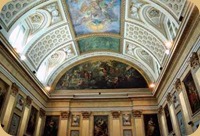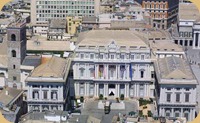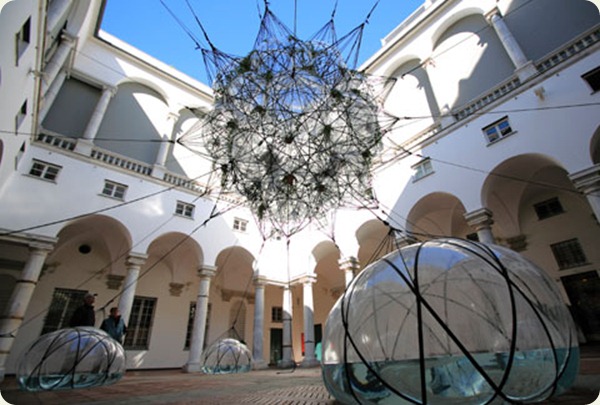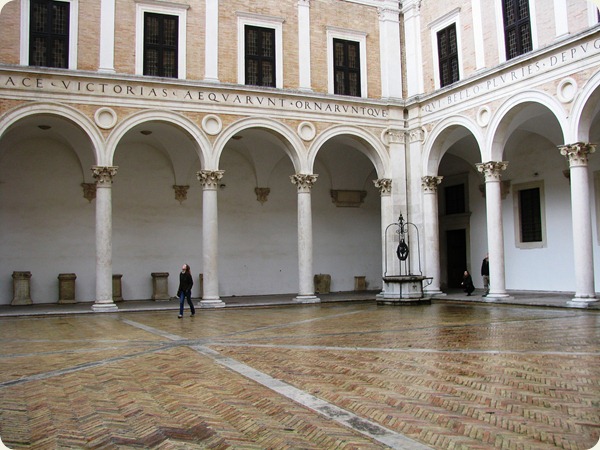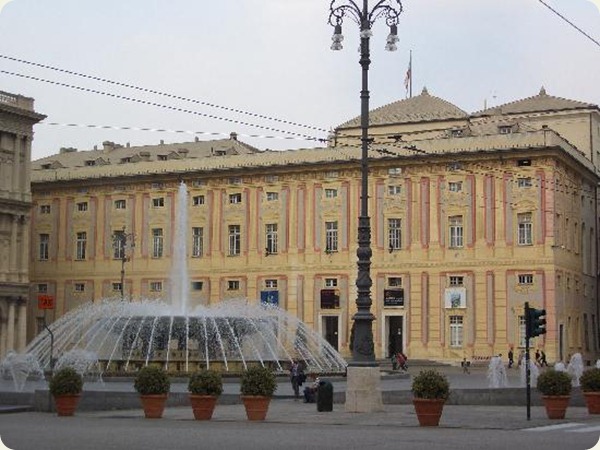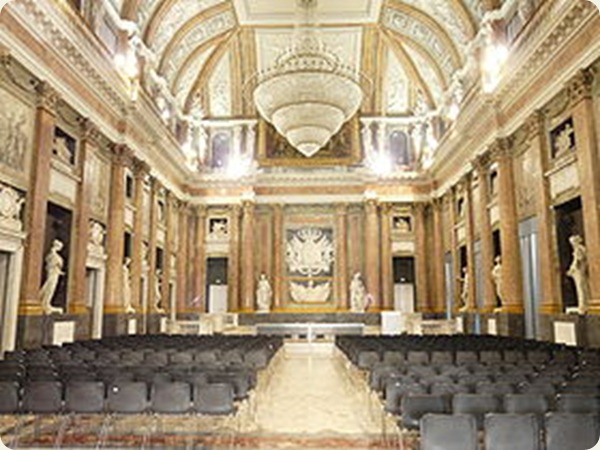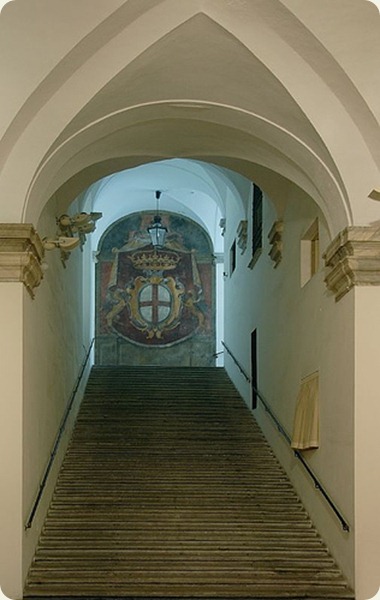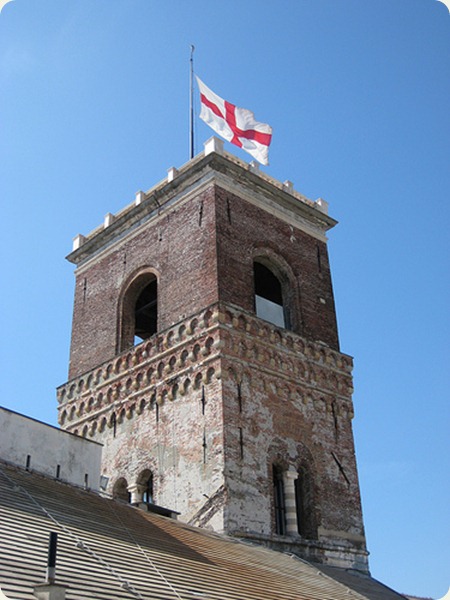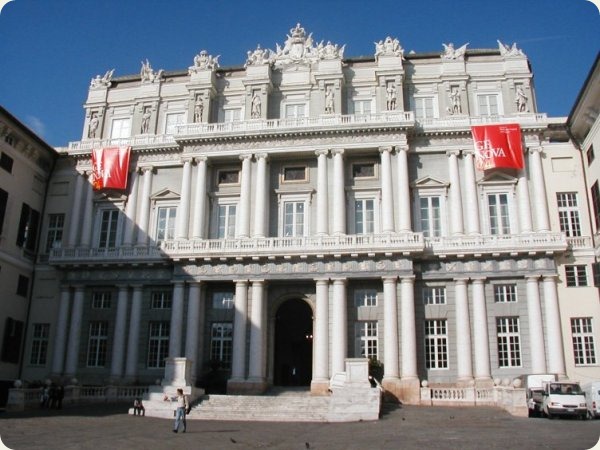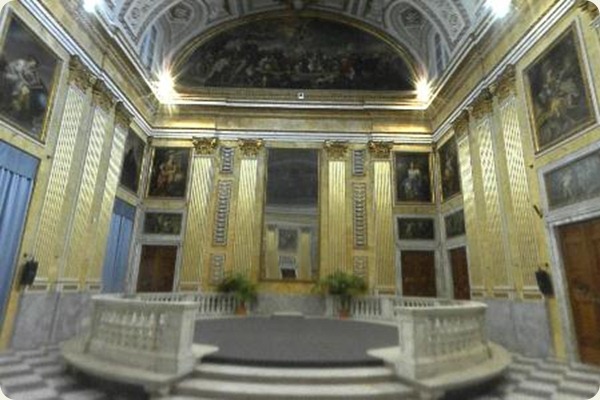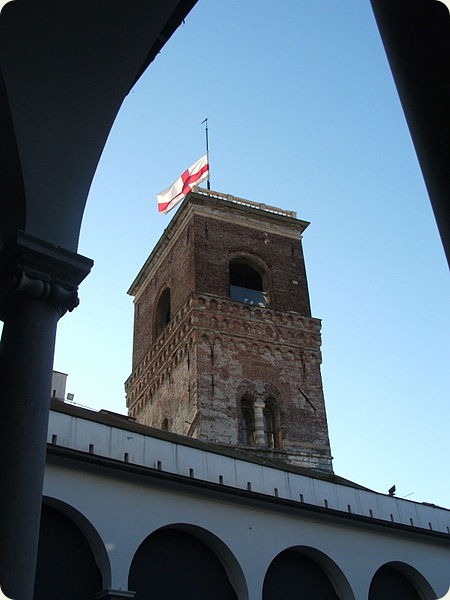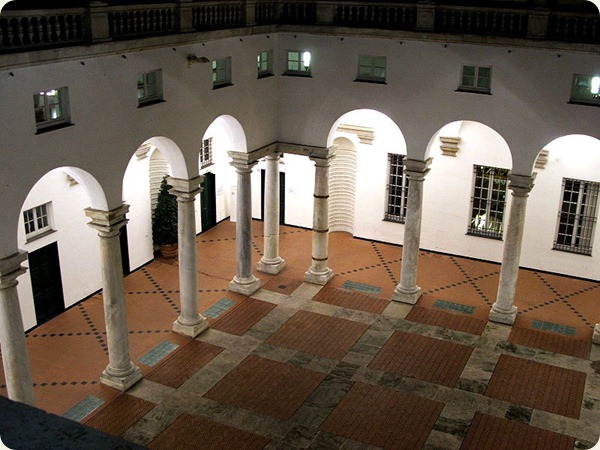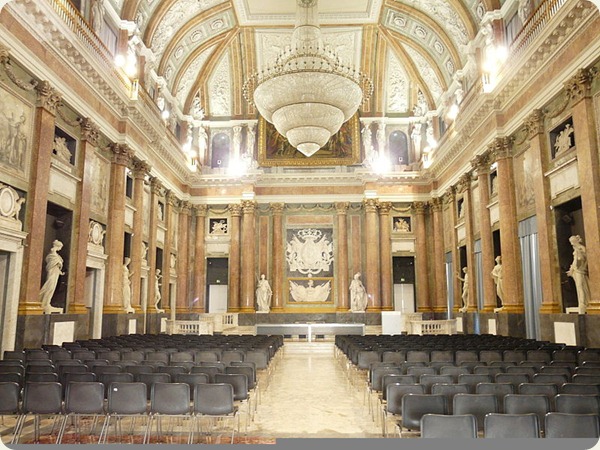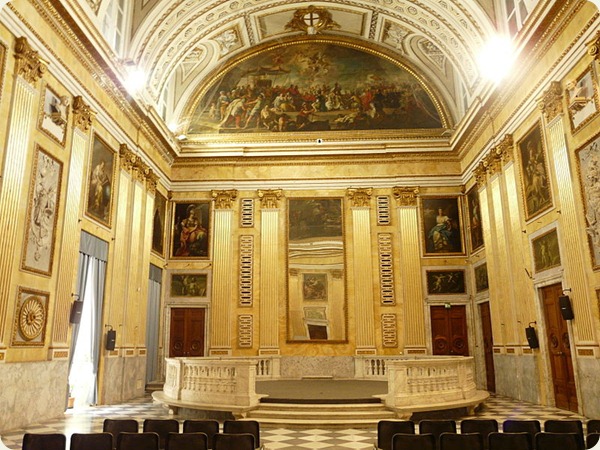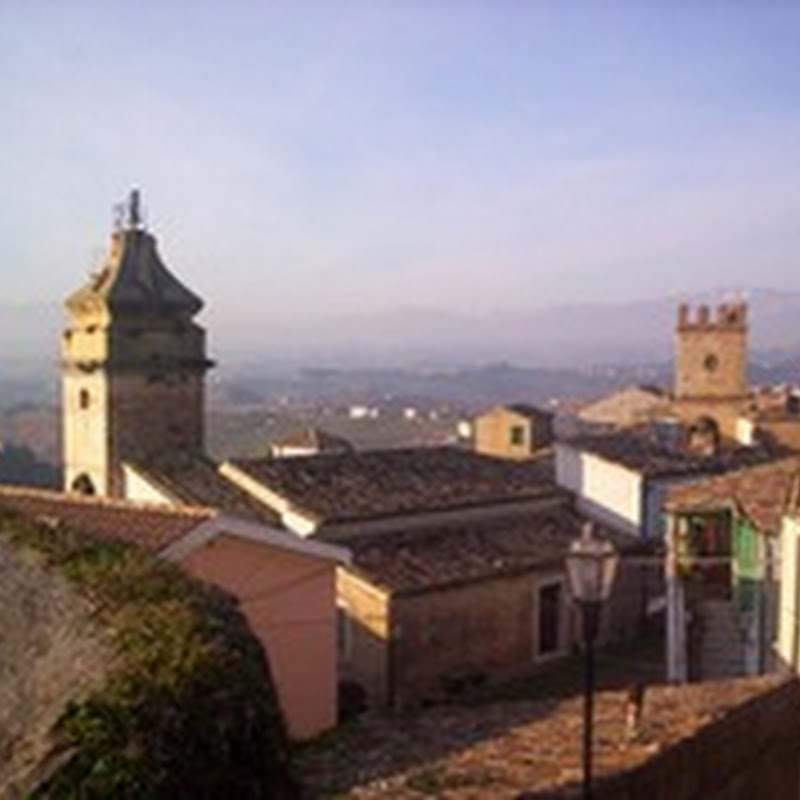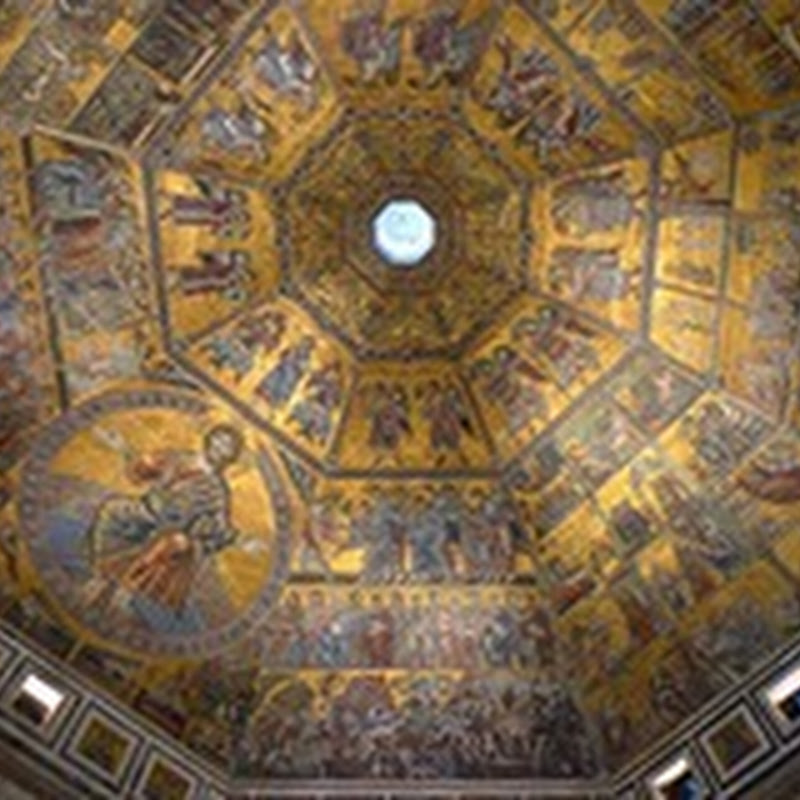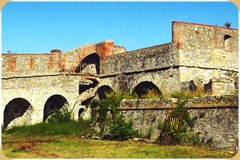 The forts of Genoa are a set of military fortifications dating back to different eras, the Republic of Genoa built to defend the urban area of Genoa during its history.
The forts of Genoa are a set of military fortifications dating back to different eras, the Republic of Genoa built to defend the urban area of Genoa during its history.This defensive system marks the events of much of the city's history, as if to punctuate the complex theory of the seven walls which have overlapped in time.
Among these, the six-eighteenth-century walls still encircle the crown heights which are the first spur of the imminent Ligurian Apennines and are the longest city walls in Europe and second in the world after the Great Wall of China.
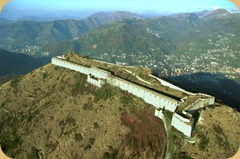 Much of the Genoese fortifications are still visible and in some cases also visited. The major fortifications (total 16) must be added those built to the west, on the heights between Cornigliano and Sestri Ponente, in the second half of the nineteenth century (Casale Erselli Forte, Forte Monte Cross, demolished in 1959, and Fort Monte Guano), as well as the bastion San Bernardino, the nineteenth-century towers (not completed, except for the Tower and the San Bernardino Quezzi) and numerous shore batteries, some of which still exist (the best known of these is known as the Battery Vagno).
Much of the Genoese fortifications are still visible and in some cases also visited. The major fortifications (total 16) must be added those built to the west, on the heights between Cornigliano and Sestri Ponente, in the second half of the nineteenth century (Casale Erselli Forte, Forte Monte Cross, demolished in 1959, and Fort Monte Guano), as well as the bastion San Bernardino, the nineteenth-century towers (not completed, except for the Tower and the San Bernardino Quezzi) and numerous shore batteries, some of which still exist (the best known of these is known as the Battery Vagno).- Forts along the perimeter of the New Walls:
Forte Sperone
Strong Begato
Forte Tenaglia
- Strong external walls (heights of Sampierdarena):
Forte Belvedere (no longer extant)
- Strong on the ridges north of the walls:
Strong Younger Brother
Strong Big Brother (demolished in 1932)
Strong Diamond
- Strong east (Val Bisagno, Albaro):
Fort San Martino
Strong Santa Tecla
Strong Quezzi
Fort Richelieu
Strong Monteratti
- Strong westerly nineteenth century (Cornigliano - Sestri Ponente):
Strong Casale Erselli
Forte Monte Guano

Custom Search
If you liked this article, subscribe to the feed by clicking the image below to keep informed about new contents of the blog:

